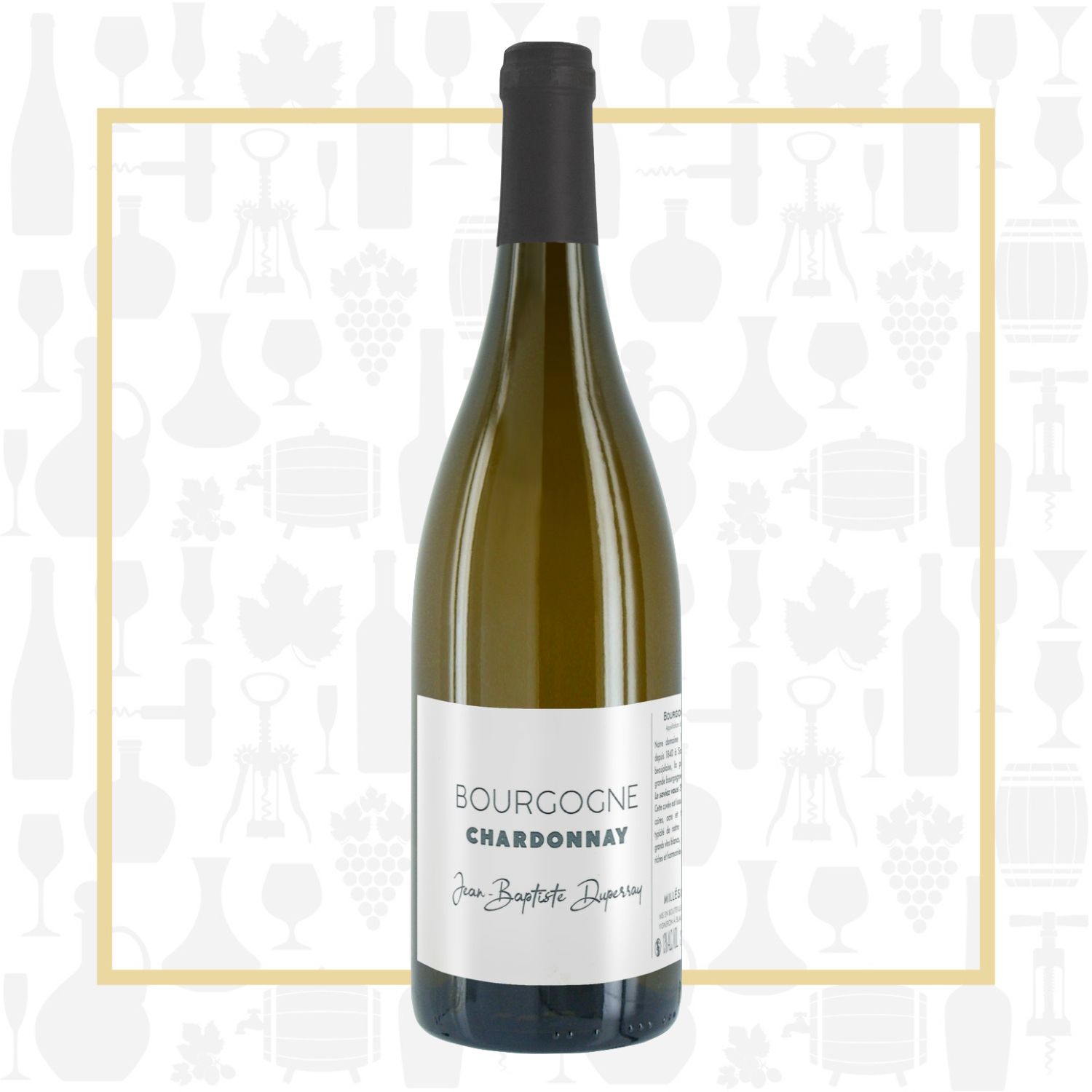Cellar Profile
The Duperray estate has been producing wine in the southern part of the Beaujolais region, in the commune of Saint-Julien, near the Beaujolais cru of Fleurie, since 1840. Jean Baptiste was a young winemaker in his late 20s when, in 2014, he took over the property from his father, continuing his family's legacy. Duperray practices sustainable viticulture and is HVE (High Environmental Value) certified. He avoids herbicides, pesticides, and chemical fertilizers. Weed control is done by plowing, and pruning and harvesting are done by hand. He believes that the best wines are made in the vineyard and his winemaking style involves minimal intervention to allow the terroir to shine. The estate is celebrated for its natural-style Gamay wines, which are fresh, vibrant and highly drinkable wines.
Region
Beaujolais is the French wine region immediately to the south of Burgundy. Interestingly, some consider it to be part of Burgundy, while others do not. However, climactically, it is closer to the Rhône Valley and part of it falls within the northern Rhône-Alpes region. In the north, Beaujolais soils are granitic and sandy, ideal for growing juicy, vigorous Gamay Noir. In the southern parts of Beaujolais, where the soils are rich in limestone, high quality white grapes such as Auxerrois and Chardonnay can be grown.
Vineyard
Grown on Estate vineyards in the southern part of Beaujolais. The soil is a mix of silt, clay and rich loam. Farmed organically, with great respect for biodiversity in the vineyard.
Winemaking
Hand-harvested grapes are de-stemmed and pressed into concrete for fermentation using wild yeast. The wine undergoes malolactic fermentation in a combination of new and used French oak barrels, where it ages on its lees before being bottled.
Tasting Notes
An inviting nose of ripe pear, apple, white flowers and toasty oak nuances. Medium-bodied with a silky texture, the acids are well integrated with the apple, quince and buttery notes. There is a richness here, but the minerality and freshness keep the wine balanced and quaffable. Do not overchill – this is best served just below cellar temperature. Try with roast chicken dinners, pasta in cream sauce or Moules Frites in white wine.
Varieties
Chardonnay is the world's most famous white-wine grape and also one of the most widely-planted, with the most highly-regarded expressions of the variety coming from Burgundy and California. Climate plays a major role in dictating which fruit flavours a Chardonnay will have. Broadly speaking, warm regions such as California tend to give more tropical styles. While many Chardonnays have high aromatic complexity, this is usually due to winemaking techniques (particularly the use of oak) rather than the variety's intrinsic qualities. Malolactic fermentation gives distinctive buttery aromas. Fermentation and/or maturation in oak barrels contributes notes of vanilla, smoke and hints of sweet spices such as clove and cinnamon. Extended lees contact while in barrel imparts biscuity, doughy flavours.

